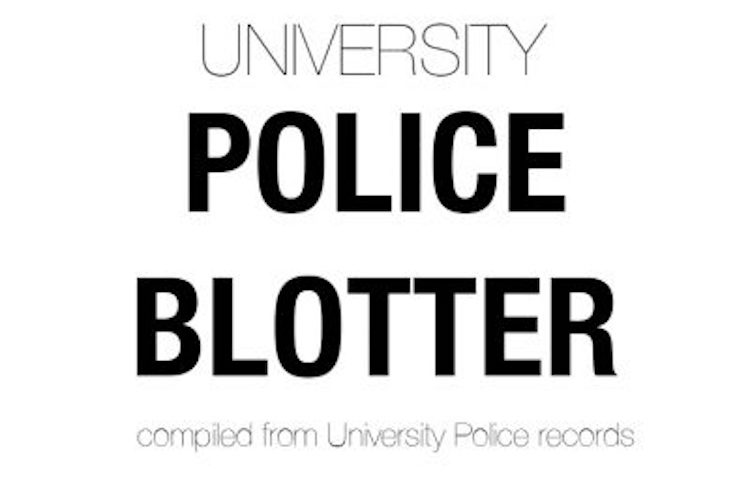Geography professor Joseph Hupy discussed how military operations have had a lasting impact on 20th century battlefields Wednesday afternoon at Sweetwater’s Restaurant, 1104 W. Clairemont Ave.
Hupy’s presentation, “Assessing the Impacts of War on the Contemporary Landscape,” was part of the monthly Alumni Association’s “Let’s Do Lunch.”
“If you study the impacts of warfare on the environment, you really have to understand the history of warfare,” Hupy said. “To know history, you have to know geography and to know geography, you have to know history.”
Hupy focused on the history of warfare, and two areas heavily bombarded during their respective conflicts: Verdun, France and Khe Sanh, Vietnam.
Hupy described five distinctive generations of warfare. Pre-generational included ancient armies, such as the Greeks and Romans. First generational warfare saw the expansion of line and column fighting. Second generational was epitomized by World War I; this is where the first major environmental damages occurred. Third generational warfare was World War II, which meant mobility and implementation of all military branches. Fourth generational has more of a network base, where the enemy wants to defeat the political base, not the army itself.
“This is an evolving form of insurgency,” Hupy said. “Taking this all the way back to Vietnam, we were fighting third generational warfare, while the enemy was engaging in fourth generational warfare.”
Hupy focused on Verdun because it was “the battle of attrition” of World War I. Throughout the battle, Hupy said there were 45 to 50 million artillery shells used, in an area that was only 10 km by 20 km in size.
After the war, areas of Verdun became deforested. Although it is fairly green today, Hupy says his concern lies in the soils.
“Soils are a great indicator of landscape stability,” he said. “The thicker the soil is . the better and more stable your landscape.”
Following the war, the size of the craters created areas of standing water and muck soils formed with no trees in the crater bottoms.
“You can’t really say that this landscape recovered,” he said. “Not only did you have a lot of forested areas deforested but you also had a lot of areas, such as villages, that were obliterated.”
Hupy traveled to Khe Sanh in 2006, a site of a siege during the Vietnam War and saw a concentrated amount of disturbance in a tight area, he said.
“In the three official months of that siege, there were more munitions dropped on Khe Sanh than in all of the Pacific theater of World War II,” he said.
While Verdun was more of a large memorial landscape, Hupy said Khe Sanh has people living on it, which can be dangerous. Like Verdun, there are still weapons on site.
Local village people collect the metal from weapons and bring them to a scrap dealer.
“This battlefield is fairly clean when it comes to the unexploded remnants of war because a lot of this has been taking off,” Hupy said. “You have to be careful because they burn areas to keep them from reforesting.”
Hupy has even applied his work to his classes. Last fall, Hupy had students participate in a number of different activities relating to military geography. The students used navigational techniques using geographical informational systems, performed computer mapping and engaged in an exercise where they played paintball and capture the flag.
Alumni program assistant Jane Larson said she enjoyed learning more about environmental impacts.
“It was very interesting. You don’t realize that much stuff (unexploded weapons) is still out there,” she said. “The huge holes from war everywhere were surprising to see.”
Hupy said the military has used his work to apply to overseas campaigns and for use of their training grounds.
“I like to see that I am helping out the military engage in a winning campaign without doing things in a wrong way.”






